Write Like the Masters – How Classic Novels Teach Modern Writers to Shine.
A few weeks ago, I dove into some iconic movie scenes and what screenwriters can learn from them.
But now, it’s time to turn our gaze to the towering giants of literature—those classic novels that have stood the test of time, whispering invaluable lessons for modern writers.
The magic of these books lies not just in their unforgettable plots or their rich characters but in the mastery of craft that remains just as relevant today as when they were first penned.
These classics aren’t just dusty relics sitting on the top shelf of your local library. They are treasure troves of inspiration, bursting with storytelling techniques that can elevate your own writing, whether you’re crafting your first novel or refining your tenth. What made these books endure is worth studying, as the lessons they offer are just as fresh and practical as ever.
7 Timeless Techniques From Classic Novels That Can Spark Fresh Ideas In Your Modern Writing.

#1 – Mastery of Character Development – Bringing Your Characters to Life.
The secret sauce in many classic novels? Characters are so vivid they feel like real people.
These characters leap off the page, and their emotional journeys keep readers glued to the book. And no one does this better than Jane Austen in Pride and Prejudice.
Think of Elizabeth Bennet—she’s not just a heroine; she’s a complex, intelligent woman with flaws, desires, and a journey of personal growth. Her wit and initial misjudgments (especially about the dashing but misunderstood Mr. Darcy) are her defining traits, but Austen lets her evolve, allowing Elizabeth to confront her own biases and ultimately change for the better.
Lesson for Modern Writers – Don’t just write characters; build them. Let them be messy, flawed, funny, stubborn, and vulnerable. Show their growth naturally through their interactions, not by narrating their thoughts but through their choices, relationships, and actions.
Now, jump forward to Celeste Ng’s Little Fires Everywhere. Ng’s characters, particularly Elena Richardson and Mia Warren, are both multi-dimensional women who challenge each other’s worldviews. Elena’s need for control contrasts Mia’s free-spirited nature. As their worlds collide, both women are forced to confront uncomfortable truths about themselves. Like Austen, Ng takes her time unraveling her characters, allowing their internal conflicts to mirror the larger societal issues at play.
Much like Elizabeth Bennet’s growth, these character arcs are not just about individual change, but about how deeply personal transformation is intertwined with societal norms and pressures.
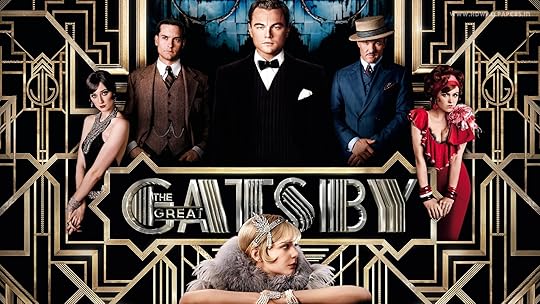 #2 – The Power of Dialogue – Say More with Less.
#2 – The Power of Dialogue – Say More with Less.
Some of the best classic novels use dialogue as more than just a way for characters to talk—it’s a tool for revealing hidden desires, conflicts, and tensions.
One of the most famous lines in American literature comes from F. Scott Fitzgerald’s The Great Gatsby. When Gatsby declares, “Can’t repeat the past? Why of course you can!” the line isn’t just a nostalgic cry—it’s the tragic heart of his delusion. Gatsby’s words show his obsession with a perfect, unattainable future based on an idealized past, and in just a few words, Fitzgerald captures the entire theme of the novel.
Lesson for Modern Writers – Dialogue should pull double-duty. It’s not just about what your characters are saying; it’s about what they’re not saying. Use dialogue to reveal inner tensions, hidden motivations, or the underlying conflicts bubbling beneath the surface.
A modern example? Cormac McCarthy’s The Road. A brief exchange between the father and son—“We’re still the good guys, right?” “Yes. We’re still the good guys.”—is deceptively simple but loaded with meaning. In a world of moral collapse, the boy clings to the idea of goodness, while the father, though affirming, is filled with uncertainty. This dialogue carries the weight of their entire existence and encapsulates the struggle between survival and morality in a post-apocalyptic world.
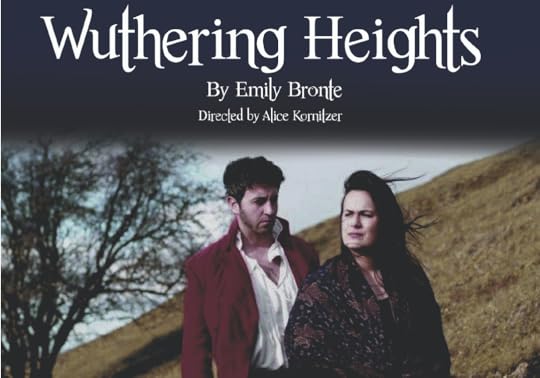
#3 – Vivid Setting as a Character – More Than Just a Backdrop.
In some classic novels, the setting is so vividly described, it feels like another character in the story. Emily Brontë’s Wuthering Heights is a masterclass in this.
The wild, untamed Yorkshire moors reflect the chaotic and tempestuous emotions of the characters, especially in the tumultuous relationship between Heathcliff and Catherine. The setting is more than a backdrop; it’s a metaphor for the destructive passions that fuel the narrative.
Lesson for Modern Writers – Make your setting do more than sit pretty in the background. Let it influence your characters, drive the mood, and deepen the themes of your story.
A modern equivalent might be Donna Tartt’s The Secret History, where the cold, isolating New England campus mirrors the suffocating intellectual elitism and moral decay of the story. The environment shapes the characters’ actions and amplifies the tension in the novel.
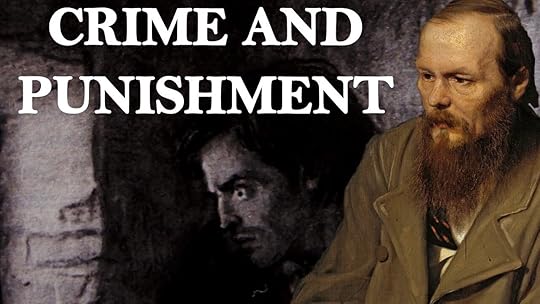
#4 – Complex Themes and Moral Ambiguity – Embrace the Gray Areas.
In classics like Fyodor Dostoevsky’s Crime and Punishment, moral complexity is at the forefront.
Raskolnikov’s murder of the pawnbroker isn’t just a crime; it’s a psychological unraveling that explores guilt, justification, and redemption.
Dostoevsky doesn’t give us clear answers—he forces the reader to grapple with Raskolnikov’s shifting morality.
Lesson for Modern Writers – Don’t shy away from moral complexity. Readers love stories that make them think, question, and debate. Characters who are a little bit good, a little bit bad, and a whole lot human are often the most memorable.
Gillian Flynn’s Gone Girl is a great contemporary example, where neither Nick nor Amy is entirely innocent or sympathetic. The novel thrives on moral ambiguity, forcing readers to confront their assumptions about love, marriage, and manipulation.
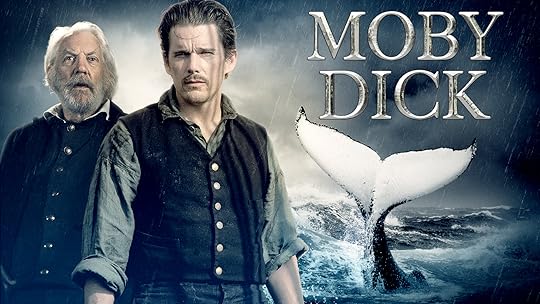
#5 – Pacing and Structure – Keeping the Tension High.
Classic novels like Herman Melville’s Moby Dick are great lessons in balancing action with reflection.
While Melville’s digressions may frustrate modern readers, they serve a purpose—building tension and foreshadowing the inevitable tragedy. The slow build, punctuated by moments of intense action, creates a rhythm that keeps readers hooked.
Lesson for Modern Writers – Find the right pacing for your story. You need those quiet, reflective moments to give readers a breather—but don’t let them linger too long before pulling them back into the action.
Modern thrillers like Paula Hawkins’ The Girl on the Train do this well by alternating perspectives and timelines, slowly revealing the truth and keeping readers guessing until the very end.
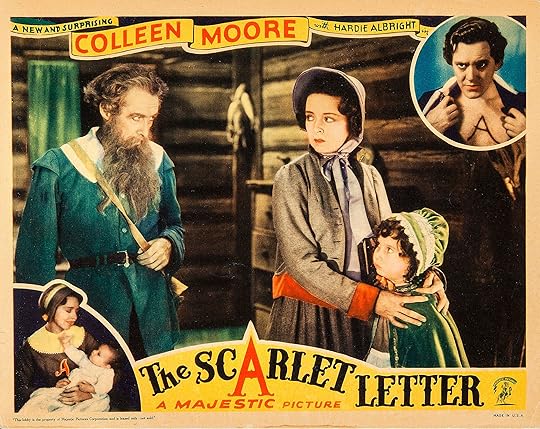 #6 – Symbolism and Imagery – Hidden Depths in Simple Things.
#6 – Symbolism and Imagery – Hidden Depths in Simple Things.
Symbols are the unsung heroes of classic novels. Nathaniel Hawthorne’s The Scarlet Letter is a perfect example.
The scarlet “A” initially symbolizes shame and punishment, but as Hester Prynne reclaims her identity and agency, it transforms into a symbol of strength, resilience, and individuality.
Hawthorne uses this simple letter to reflect themes of guilt, redemption, and societal judgment.
Lesson for Modern Writers – Symbolism and imagery can add layers to your story. Use them to reinforce themes or illuminate your characters’ motivations in subtle ways.
A great modern example is Toni Morrison’s Beloved, where the ghost of Sethe’s child symbolizes the haunting legacy of slavery and the inescapable weight of history.
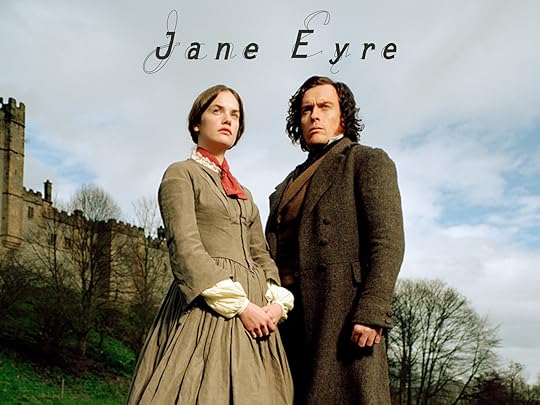
#7 – Immersive Narration and Voice – Creating Deep Connections.
Few novels capture the reader’s attention quite like Charlotte Brontë’s Jane Eyre.
Told in first-person, the novel brings us deep into Jane’s emotional world. As we follow her journey from a mistreated orphan to a strong, independent woman, the intimacy of her voice draws us in, making us feel every moment of her struggle and triumph.
Lesson for Modern Writers – Use narration and voice to pull readers into your protagonist’s world. A distinctive, immersive voice makes the reader feel like they’re living inside the character’s head, experiencing their emotions firsthand.
A modern novel that captures this well is Kazuo Ishiguro’s Never Let Me Go, where Kathy H.’s introspective voice gradually unveils the heartbreaking realities of her world, creating a deeply emotional narrative experience.
In Conclusion – Mining the Classics for Modern Gold. By tapping into the techniques of the classics, modern writers can hone their craft in ways that resonate deeply with today’s readers. These lessons—mastering character development, using dialogue to reveal layers, creating immersive settings, exploring moral ambiguity, pacing your story, and weaving in rich symbolism—are timeless.
Now it’s YOUR turn – What classic novel has had the biggest impact on your life? Why?
Would love to get your input in the comment box below.
The post Write Like the Masters – How Classic Novels Teach Modern Writers to Shine. appeared first on Vered Neta.



